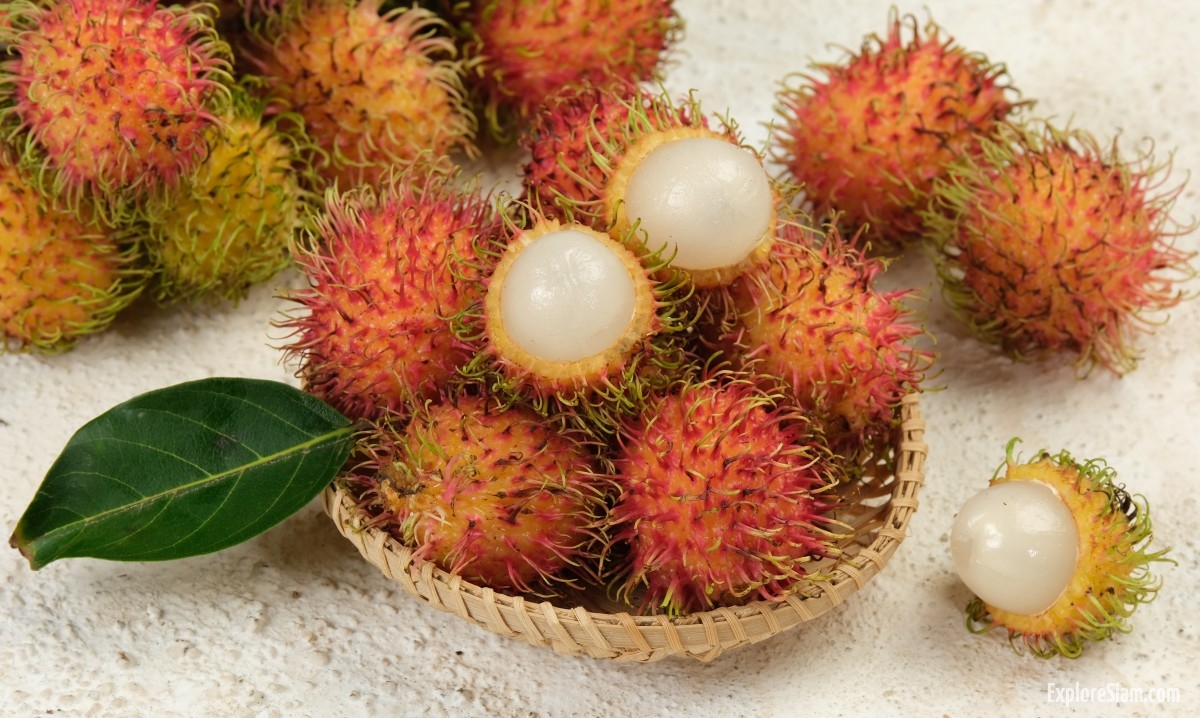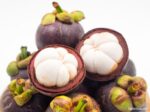Nestled in the lush, verdant landscapes of Southeast Asia, the rambutan is a treasure trove of flavor and nutrients that has been cherished for centuries. Its name, derived from the Malay word “rambut” meaning “hair”, aptly describes its distinctive, hairy exterior. Yet, beneath its curious appearance lies a succulent, sweet fruit that is a delight to the senses.
Origins and Cultivation
Rambutan, scientifically known as Nephelium lappaceum, is native to the Malay-Indonesian region and other regions of tropical Southeast Asia. The fruit thrives in warm, tropical climates and is primarily cultivated in countries like Thailand, Malaysia, Indonesia, and the Philippines. Today, it has also found its way to tropical regions outside Asia, such as Central America and parts of Africa.
The rambutan tree, which can grow up to 20 meters in height, is an evergreen tree that bears fruit twice a year. The fruit grows in clusters, each about the size of a golf ball. When ripe, the rambutan’s skin is red or yellow, covered with fleshy, hair-like spines that are soft to the touch.
The Unique Appearance and Taste
The rambutan’s appearance is one of its most striking features. Its bright, colorful exterior makes it stand out among other fruits. Once you peel away the spiky skin, you are greeted by a translucent, juicy flesh that encases a large seed. The taste is reminiscent of lychee and longan, both of which are its close relatives. The flavor is a perfect balance of sweet and slightly acidic, making it a refreshing treat.
Nutritional Benefits
Rambutan is not only a tasty fruit but also a nutritional powerhouse. It is rich in vitamins and minerals, particularly vitamin C, which is essential for a healthy immune system. The fruit also provides a good amount of iron, which helps in the formation of red blood cells, and calcium, which is important for bone health. Additionally, rambutan contains antioxidants that help in fighting free radicals, potentially reducing the risk of chronic diseases.
Culinary Uses
In Southeast Asia, rambutan is enjoyed in various ways. While it is most commonly eaten fresh, it is also used in desserts, salads, and even savory dishes. The fruit can be added to tropical fruit salads, blended into smoothies, or used as a topping for ice cream and other desserts. In some cultures, rambutan is cooked with meats to add a sweet contrast to savory flavors.
How to Eat Rambutan
Eating rambutan is a simple pleasure. To enjoy this exotic fruit, follow these steps:
- Select: Choose fruits that are bright in color with firm, intact spines. Avoid those that are dark or have shriveled spines.
- Peel: Using a small knife, make a shallow cut around the middle of the fruit and twist to separate the skin.
- Enjoy: Remove the skin to reveal the translucent flesh. Be mindful of the seed inside, which should not be eaten.
Rambutan Festivals and Cultural Significance
In regions where rambutan is a staple, its harvest season is celebrated with vibrant festivals. These festivals often feature rambutan tasting, cooking competitions, and cultural performances. They are a testament to the fruit’s importance in the local diet and economy.
For instance, in Malaysia, the annual rambutan festival draws tourists and locals alike to experience the fruit in all its glory. These events provide an excellent opportunity for visitors to immerse themselves in local culture and enjoy a variety of rambutan-based dishes.
Buying and Storing Rambutan
If you’re looking to buy rambutan, your best bet is to visit a local Asian market or specialty store. When selecting rambutans, look for fruits that are firm and vibrant in color. They can be stored at room temperature if you plan to eat them within a day or two. For longer storage, keep them in the refrigerator, where they can last for up to a week.
Rambutan is more than just an exotic fruit; it is a cultural icon and a nutritional gem. Its unique appearance, delightful taste, and numerous health benefits make it a must-try for any fruit enthusiast. Whether you’re wandering through a bustling market in Bangkok or perusing the aisles of your local grocery store, be sure to pick up a few of these spiky treasures and savor the taste of Southeast Asia.
Embrace the adventure and indulge in the luscious, tropical flavor of rambutan – a true testament to the rich biodiversity and culinary heritage of Southeast Asia.





